This Week At Angama #33
21 September 2018 | This Week at Angama | Adam Bannister

After a short adventure into the heart of the Republic of Congo I have returned to a substantially drier Mara then when I left. I am delighted to see that besides from less water, and a golden tint to the grass, not much has changed. Things happen slowly here and you truly get the feeling that Africa is timeless. However, it does appear that this week there is an extra dose of love in the air. Enjoy This Week at Angama…
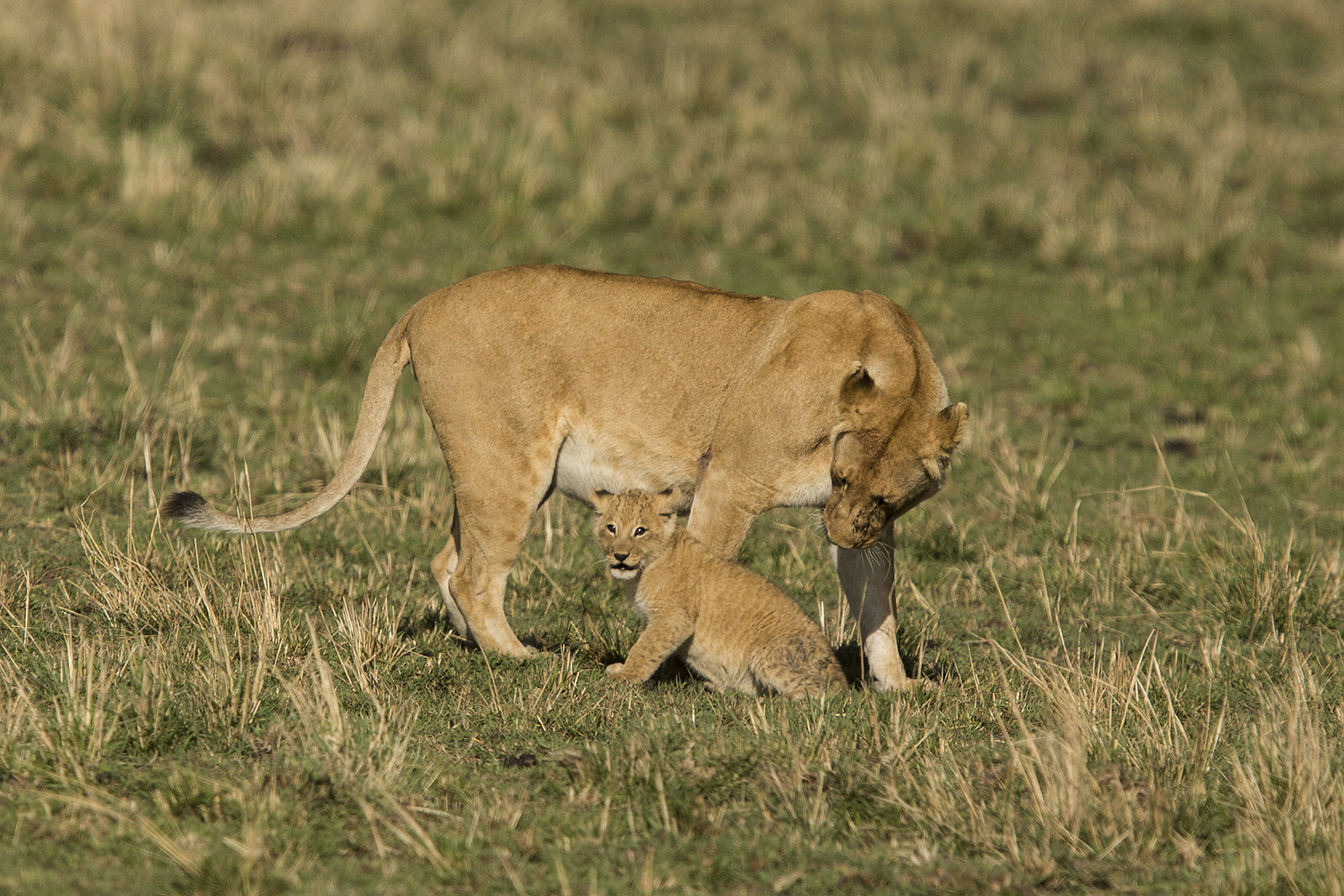
Love comes in all shapes and forms, but there is no greater love then a mother for its baby. Last week we were all captivated by James’s photograph of a baby hippopotamus, well this week I am delighted to announce that the Sausage Tree lion pride has two new cubs. Not an astounding photograph, but this was the first time I laid my eyes on the Mara Triangle’s youngest lions. We wish them well and will follow their development closely. [f 4.5, 1/6400, ISO 400 -0.33, photograph by Adam Bannister]

Meanwhile not far away, another lioness of the Sausage Tree Pride enjoyed love of a different kind. Three days of constant mating for the Kinky-Tail female (the lead lioness) means that we could have Christmas babies. [f 4.0, 1/25, ISO 400, +0.33, photograph by Adam Bannister]
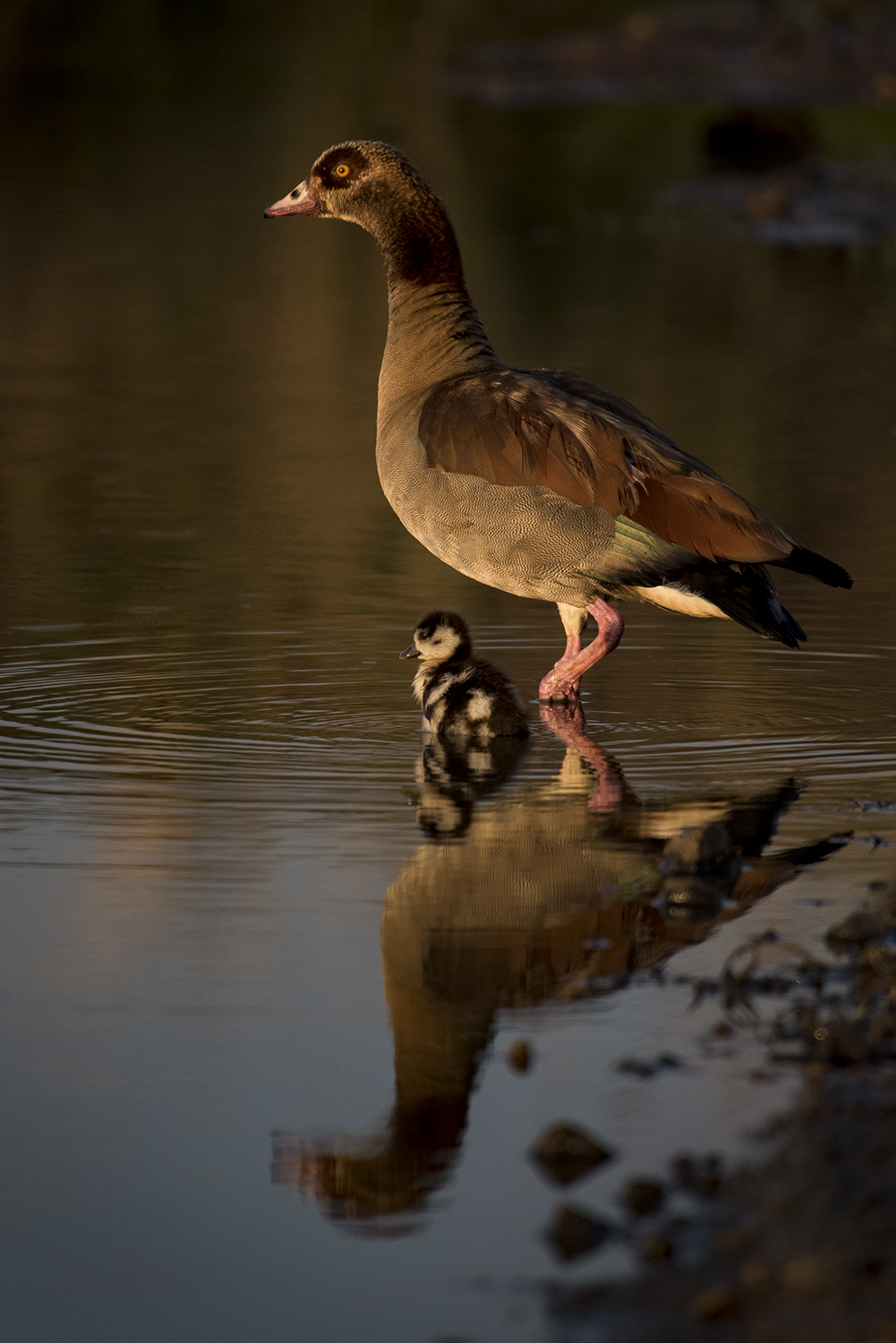
Perfect early morning light catches this Egyptian Goose and her single chick – makes your heart stop. [f 5.6, 1/1250, ISO 500, -0.67, photograph by Adam Bannister]
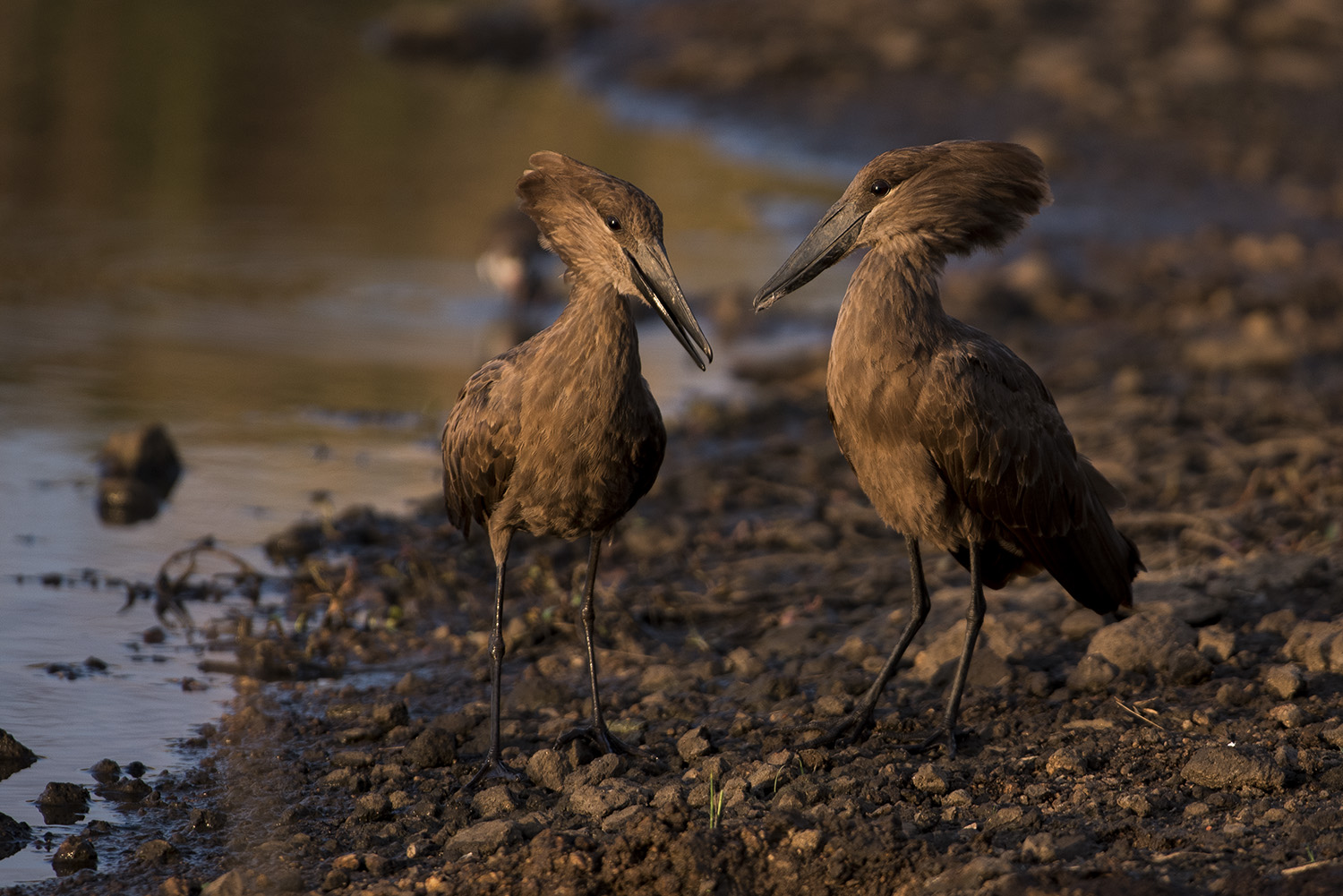
At another watering hole this pair of hamerkops were warming up. [f 5.6, 1/640, ISO 500, photograph by Adam Bannister]

Moments later and it was all action. Earlier this year we watched this pair of hamerkops build a huge nest in the Sheni drainage line, only for the entrance to collapse. Let’s hope for better luck this time in creating, and then raising, a brood. [f 5.6, 1/1000, ISO 500, -0.67, photograph by Adam Bannister]
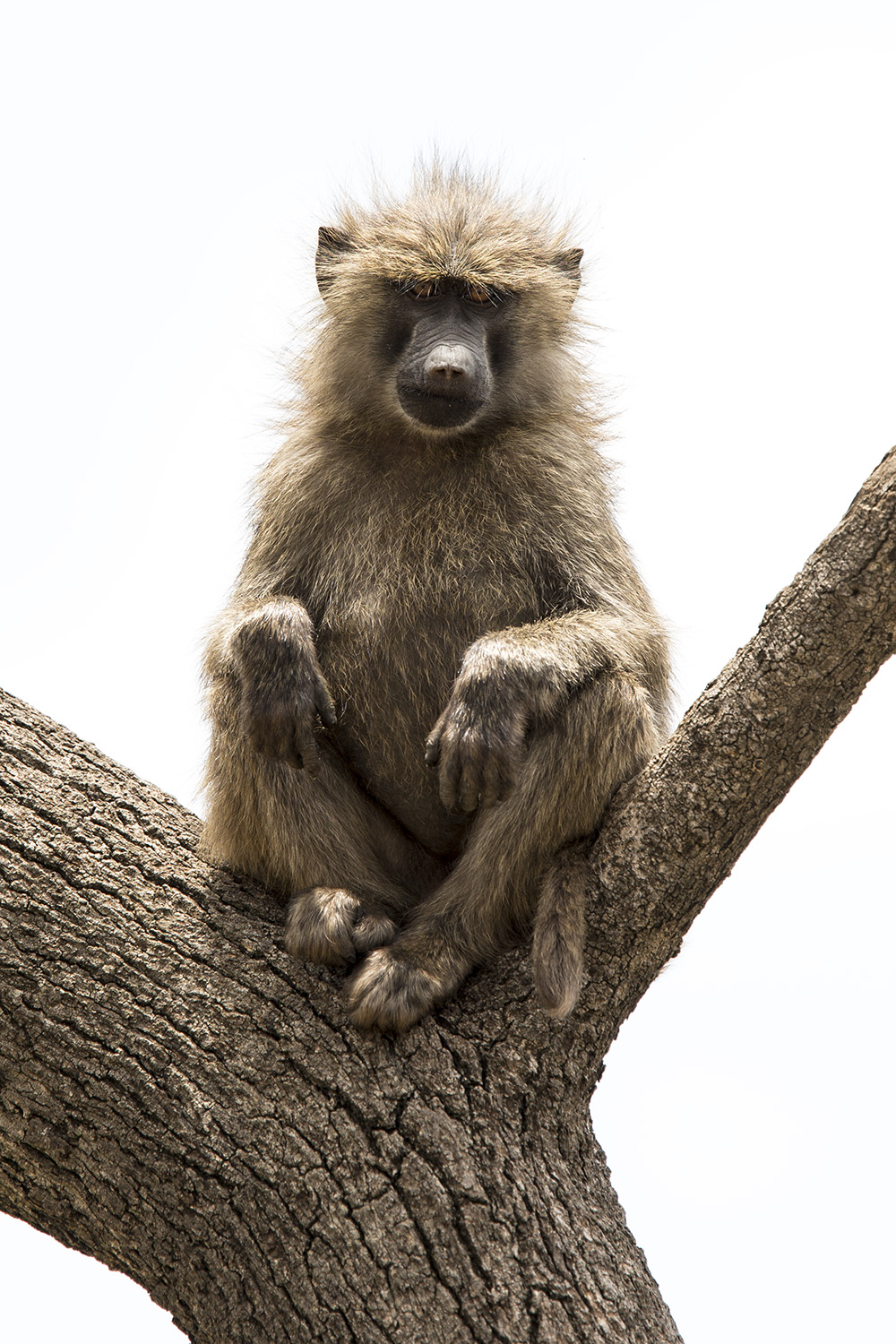
Whilst on the theme of youngsters, what do you think he is conjuring up? Something mischievous no doubt. Difficult back lighting meant I had to overexpose (+1) in order to allow for any detail on his face. [f 5.6, 1/500, ISO 200, +1, photograph by Adam Bannister]
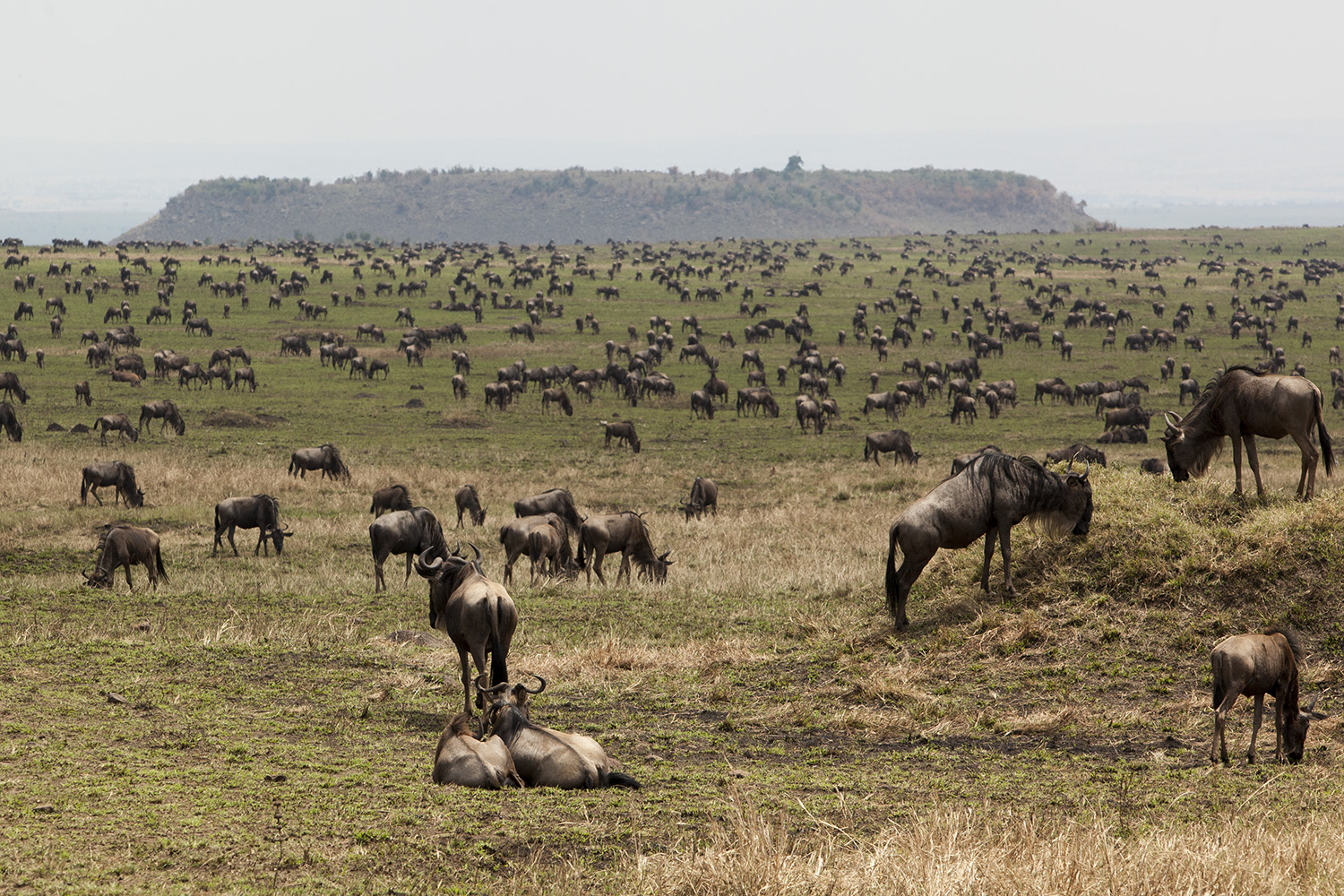
The wildebeest continue to move haphazardly across the Mara. There is still much for them to eat and so who knows how long they will be hanging around? [f 10, 1/800, ISO 500 -0.33, photograph by Adam Bannister]
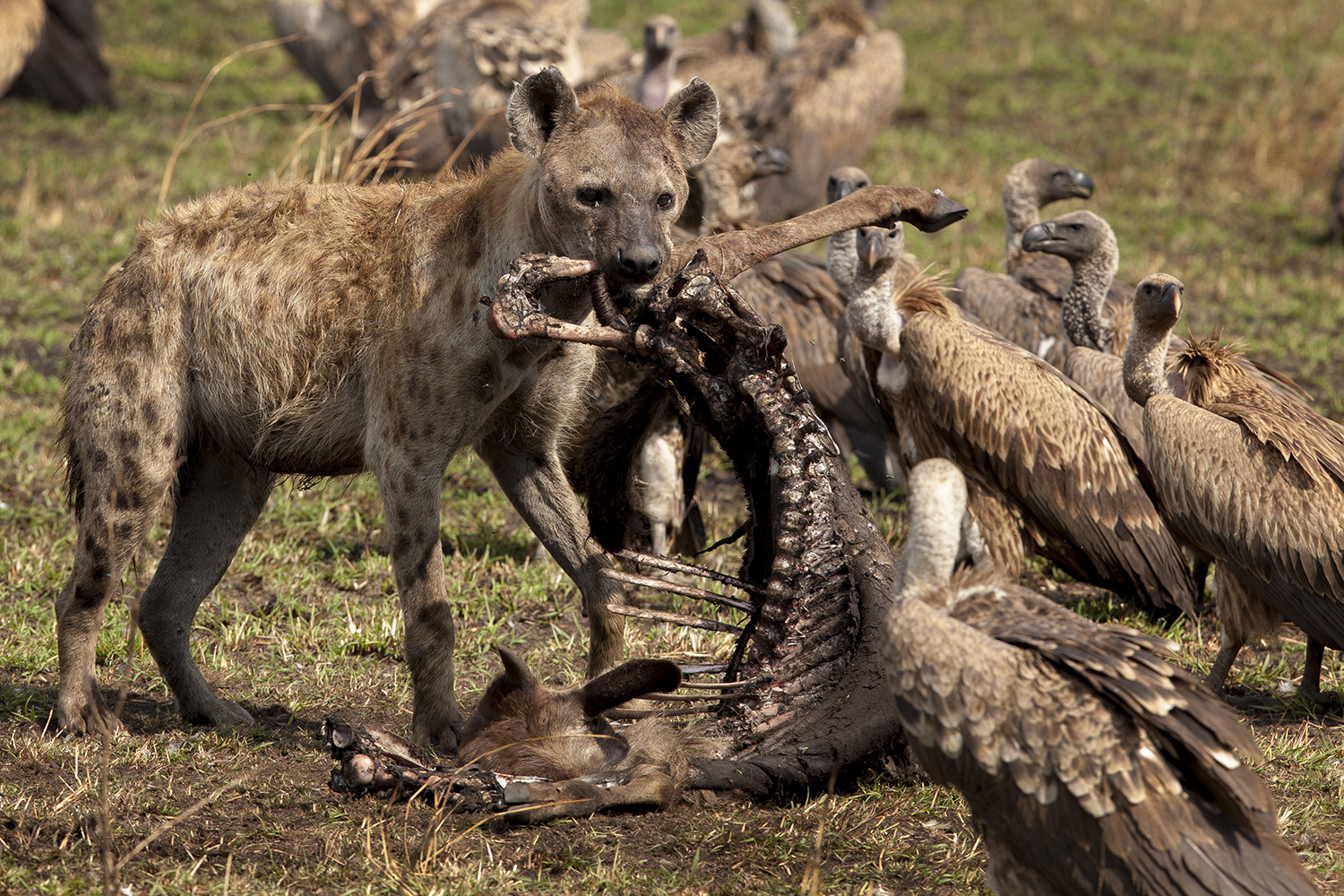
With all the wildebeest and zebra in residence in the Mara the hyena are truly thriving. Huge clans patrol the grasslands – hunting and scavenging. [f 8.0, 1/400, ISO 320, photograph by Adam Bannister]
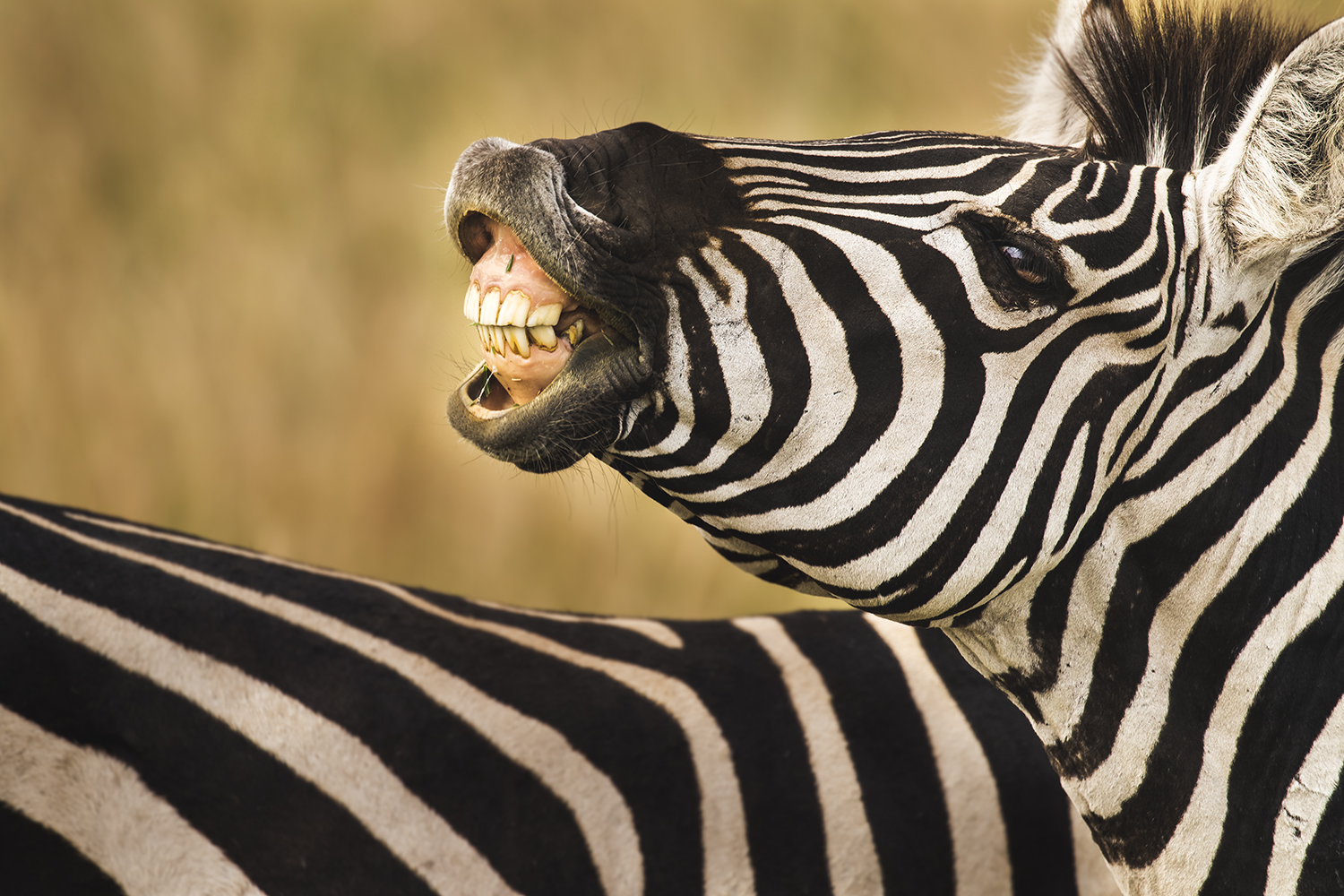
The hyena research team based in the Mara have named one of the clans near Angama Happy Zebra. I’m not sure I truly understand why, but according to them zebra often smile in the area. Who would have thought? [f 5.6, 1/800, ISO 320,photograph by Jeffrey Thige]
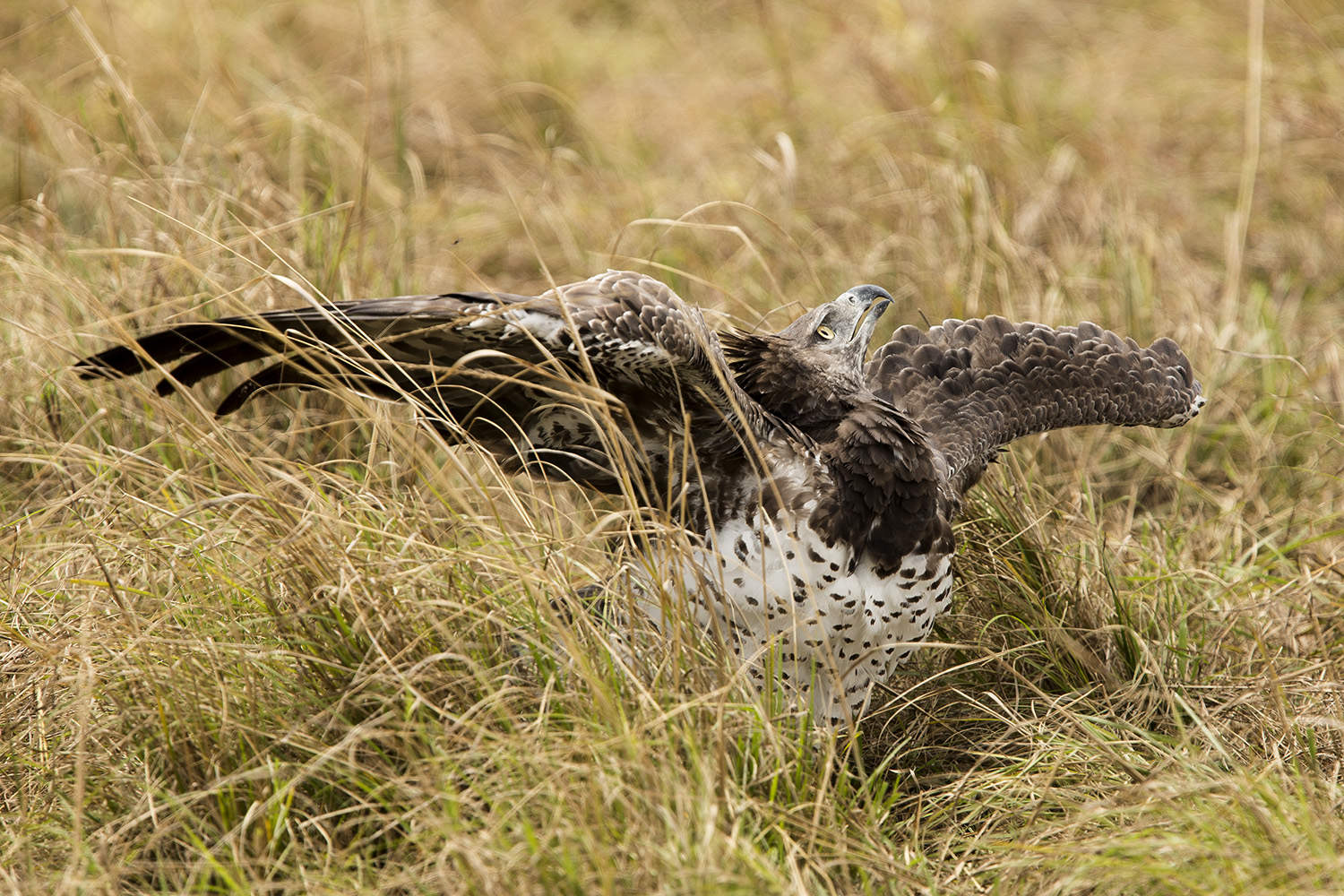
It’s not all love and peace out in the grasslands. In a rather unusual sighting I witnessed a young martial eagle being mobbed and attacked by a feisty pair of tawny eagles. I loved the defensive posture the martial put on as the birds approached from above. [f 5.0, 1/1250, ISO 320, photograph by Adam Bannister]
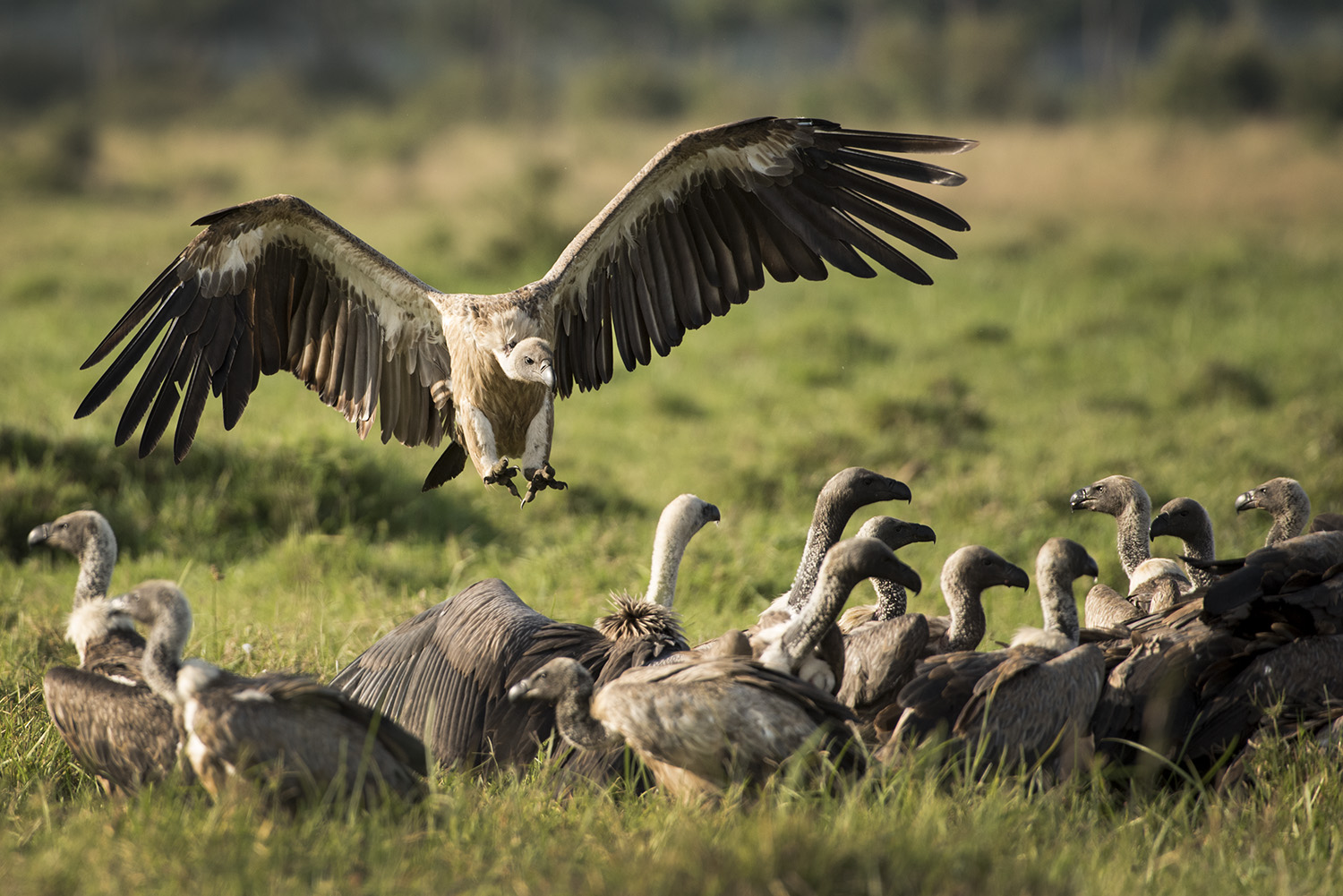
It wouldn’t be a TWAA without a vulture landing photograph in it, now would it? [f 6.3, 1/1000, ISO 640, photograph by Adam Bannister]
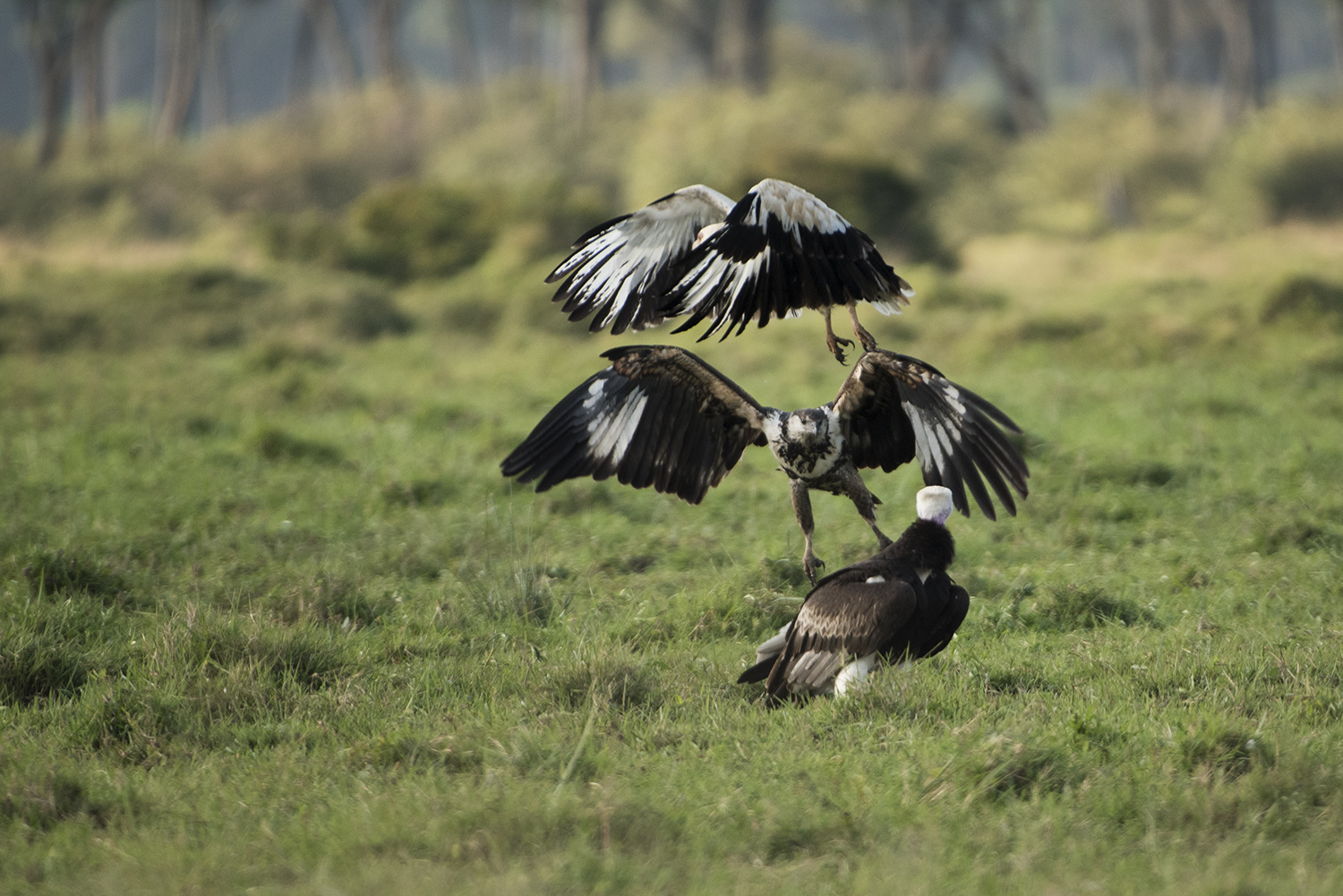
Vultures took on a headline role this week in terms of unusual sightings. Sadly, I was not able to get a photograph of the juvenile Egyptian vulture that was seen (first record this year?), but I was able to capture this photograph of a white-headed vulture, a palm-nut vulture and a young African fish eagle all in disagreement over the hipbone of a Wildebeest. Only a handful of white-headed vultures are to be found in the Mara and sightings of palm-nut vultures are usually in single figures each year. [f 5.6, 1/1250, ISO 800, photograph by Adam Bannister]
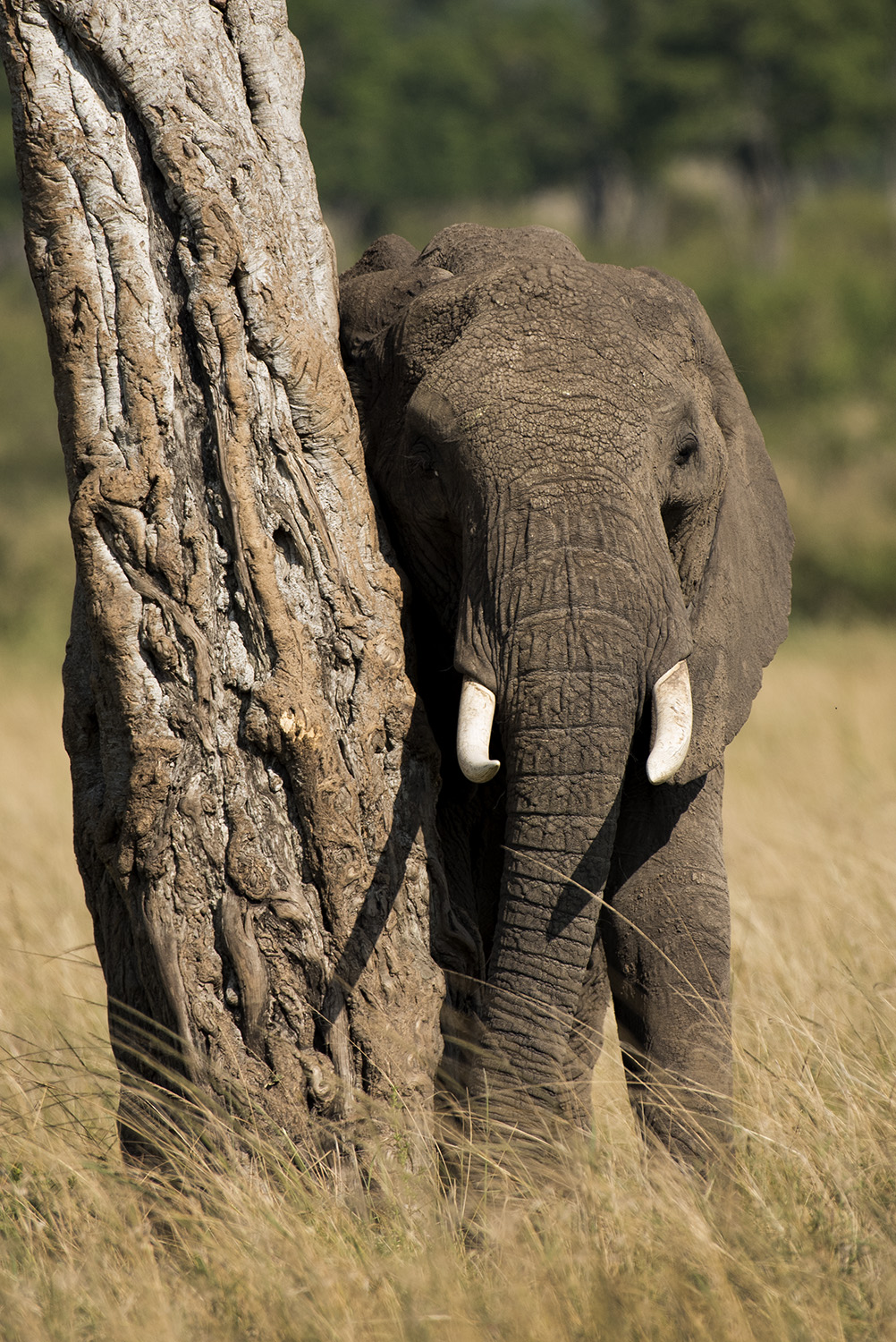
The heavy scarring on this tree show that this is not the first elephant to enjoy its company. Here, a female rubs off the mud caked over her hide, removing any insects in the process. [f 6.3, 1/1250, ISO 400, photograph by Adam Bannister]
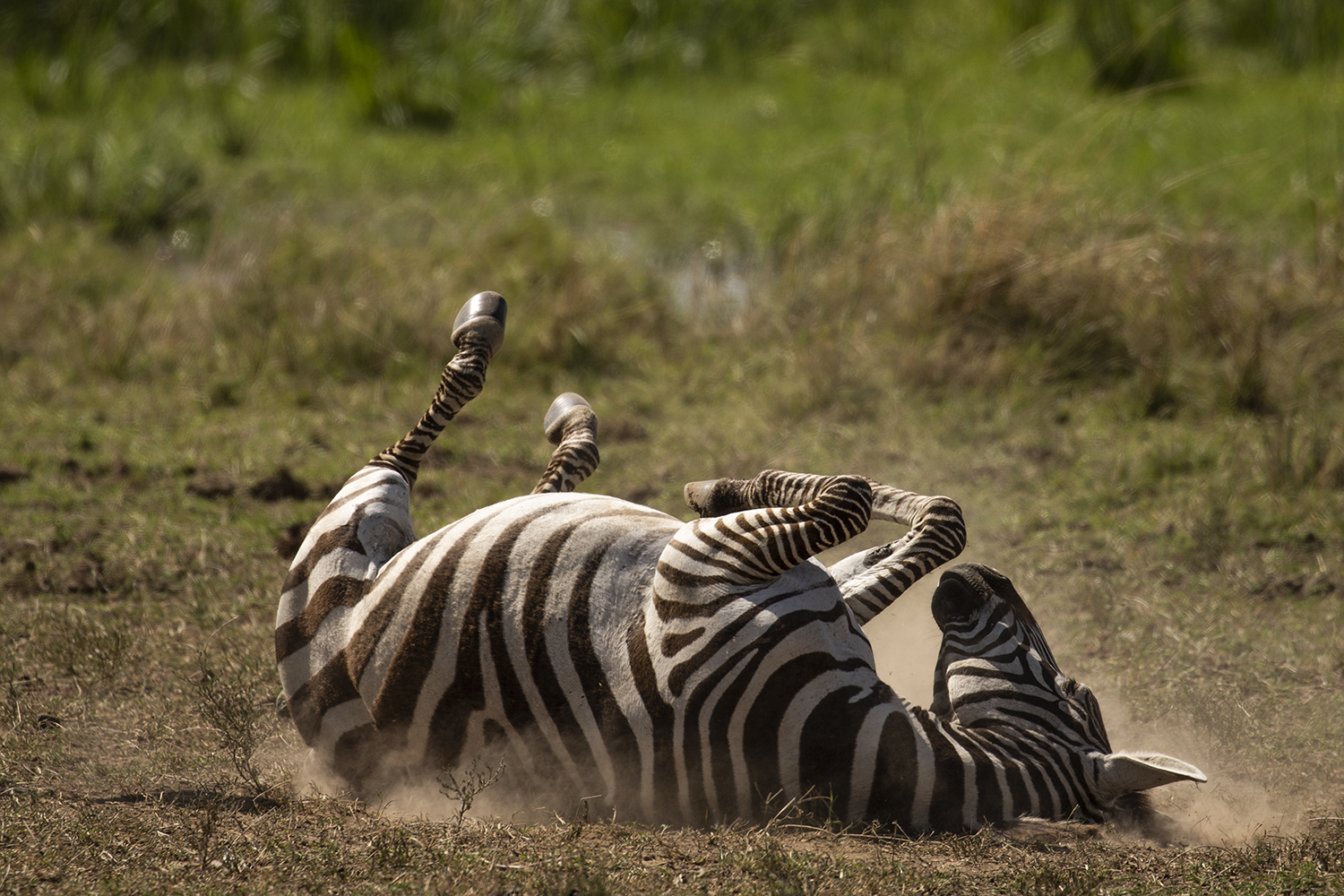
Another way to get rid of insects is to roll around in the dust. [F 5.6, 1/800, ISO 100, photograph by Jeffrey Thige]
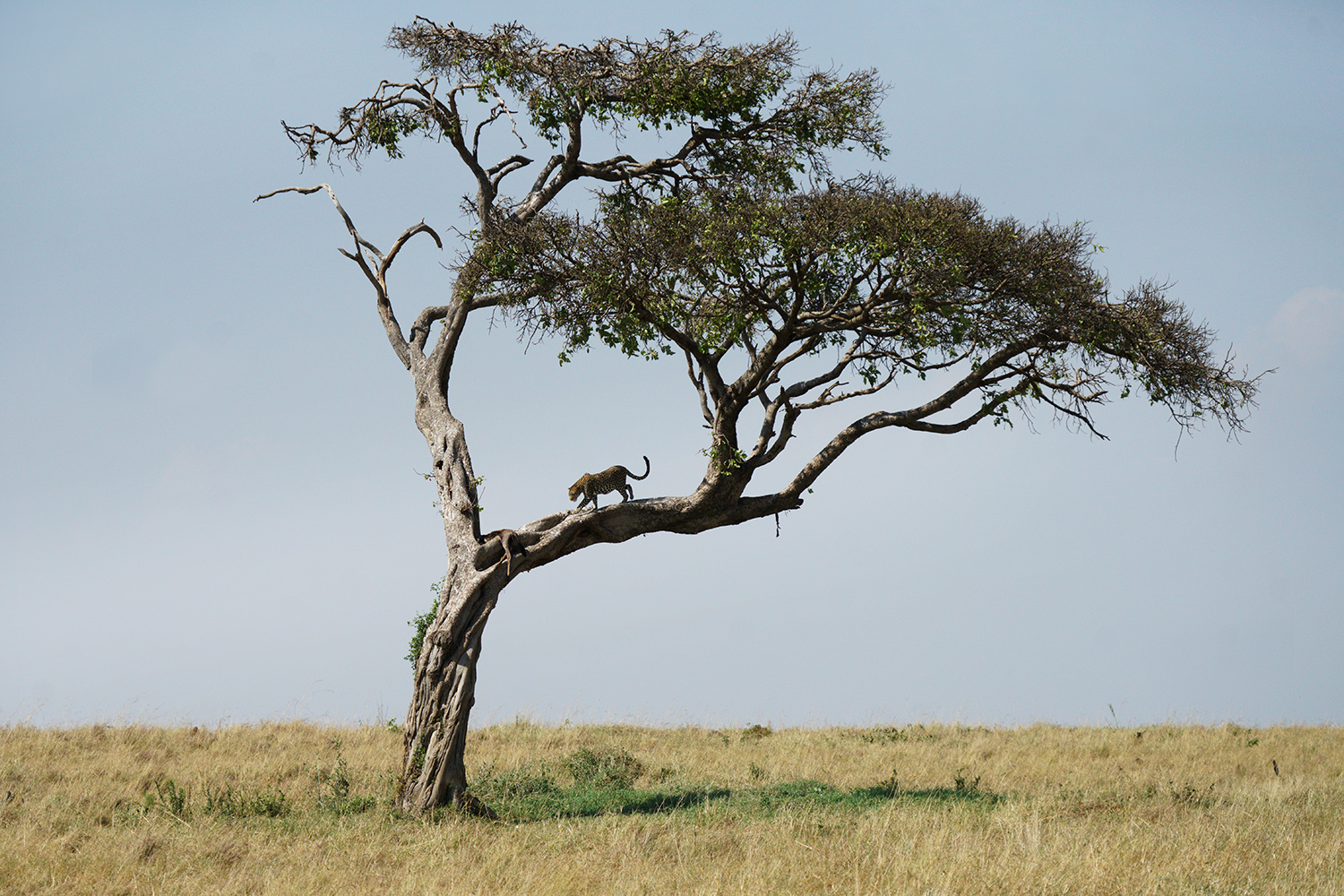
The Mara Triangle Leopard Project took a little step this week with the discovery of another leopard. Here guest Mile KK Cheng photographed a female with a hoisted baby wildebeest in the central area of the Triangle. Leopard number 24 this year… exciting times. [f 5.6, 1/4000, ISO 800, photograph by Mile KK Cheng]
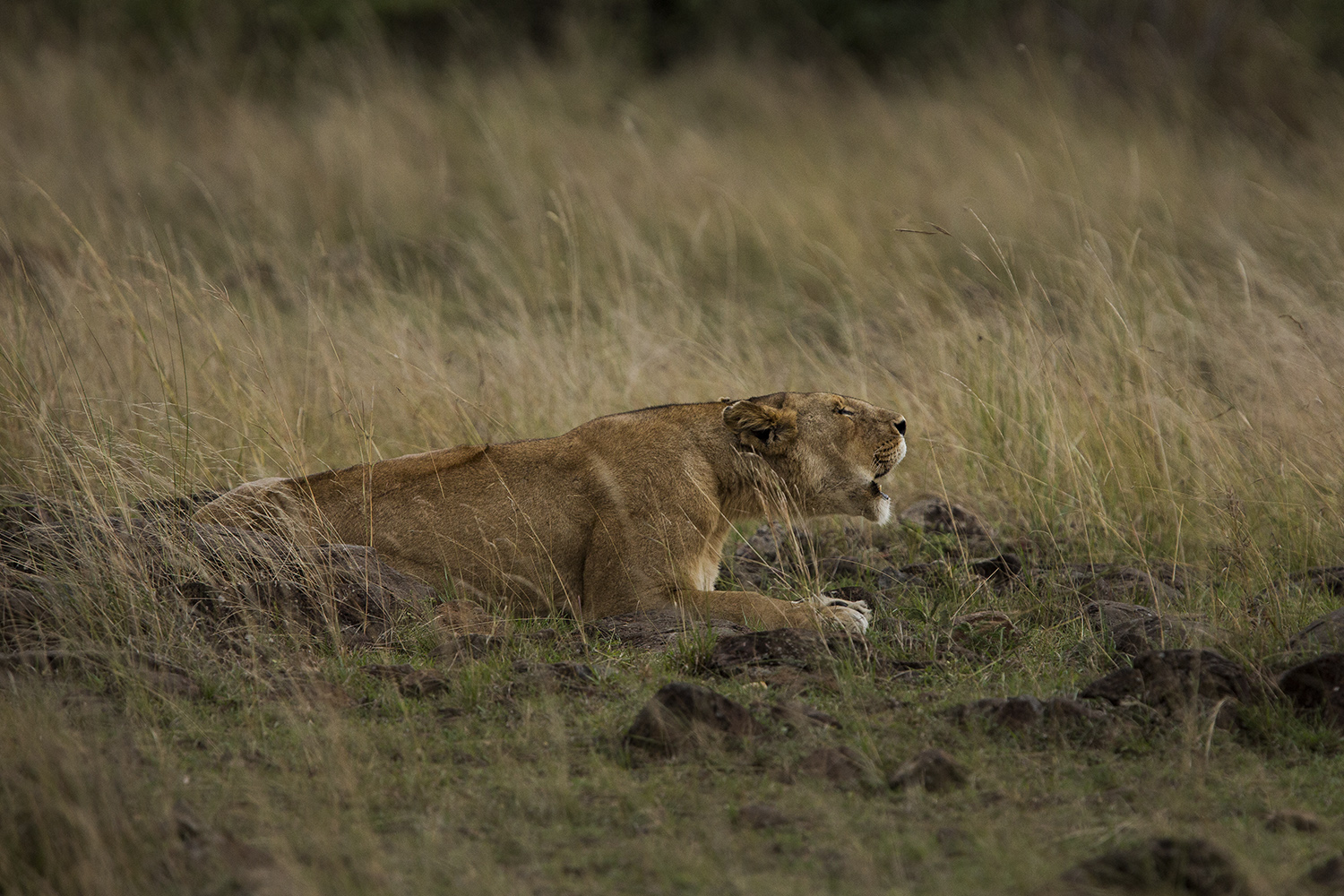
A lioness from the Paradise Pride lets out an almighty roar. [f 4.5, 1/800, ISO 1600, photograph by Adam Bannister]

While waiting patiently for over an hour for zebra to cross the Mara, the elephants stole the show. The crocodiles, of course, wisely got out of their way and they made it across safely. [f 5.0, 1/2500, ISO 320, photograph by Jeffrey Thige]

A young elephant plays around with her trunk in the hot midday sun. [f 5.6, 1/500, ISO 320, photograph by Jeffrey Thige]

Elephants have featured heavily in the Mara this week. Usually they move out when the large wildebeest herds arrive, but because the wildebeest have spread out over a much larger area this season, the elephants have remained behind in large groups making for wonderful viewing. [f 5.6, 1/1000, ISO 200, +0.33, photograph by Jeffrey Thige]
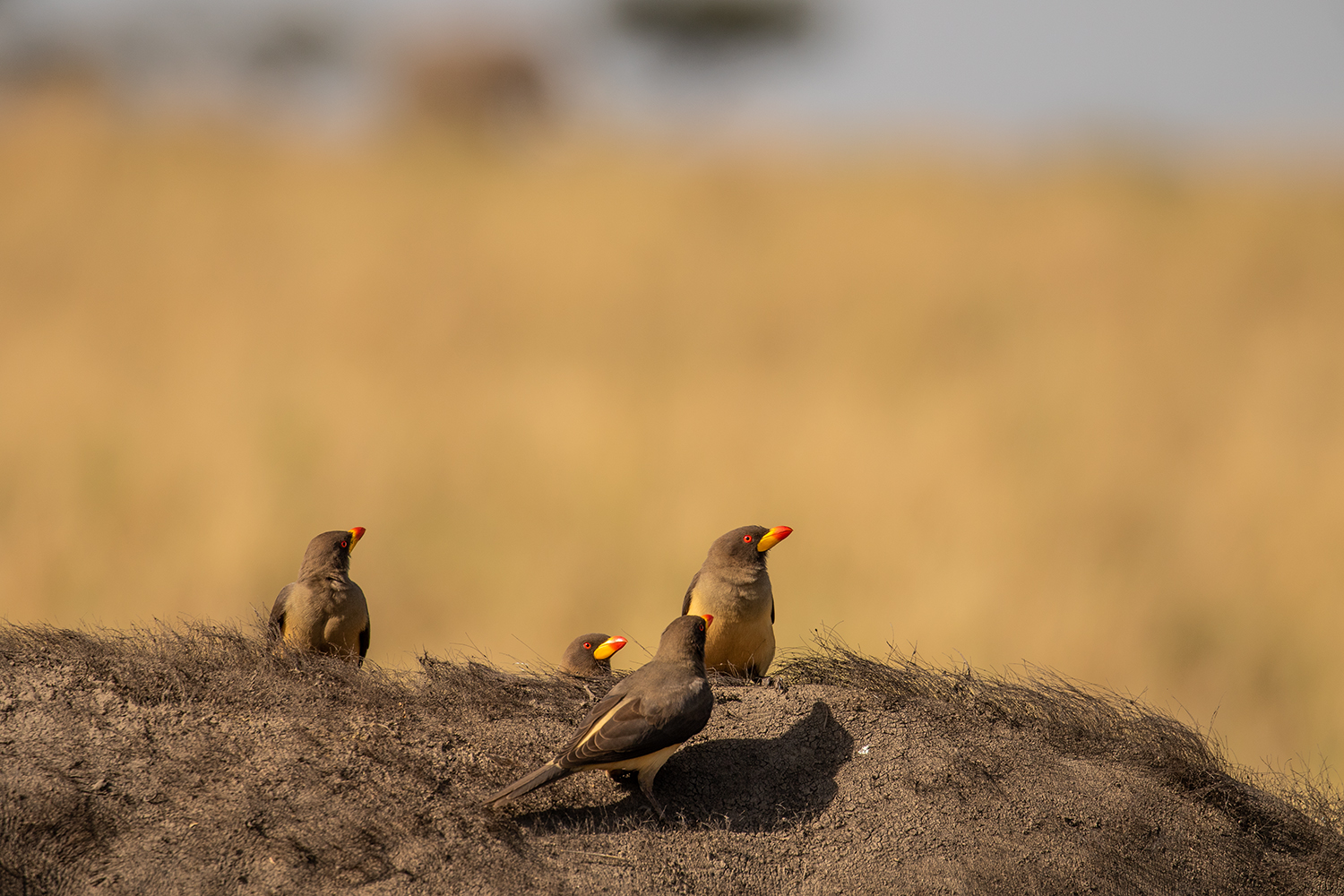
These yellow billed ox-peckers elegantly wander around this buffalo’s back, feeding on ticks and small parasites. [F5.6, 1/640 ISO 100, photograph by Jeffrey Thige]
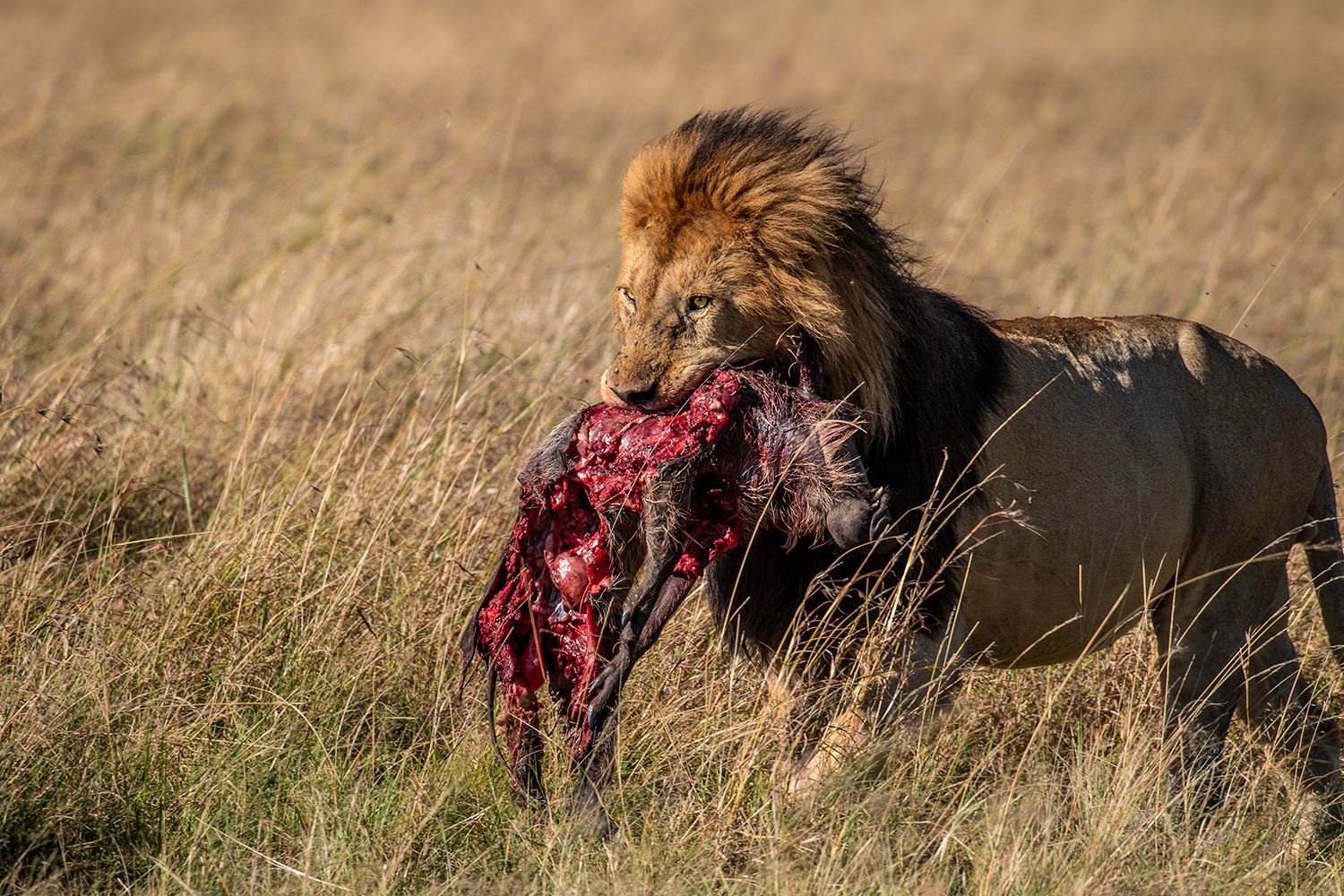
Male lions never miss up on an opportunity to scavenge. Seconds after the pride had killed an unsuspecting warthog, this male was onto them in a flash. As King of the Mara he walks away with the spoils. [F6.3 1/320 ISO100 +0.33, photograph by Jeffrey Thige]
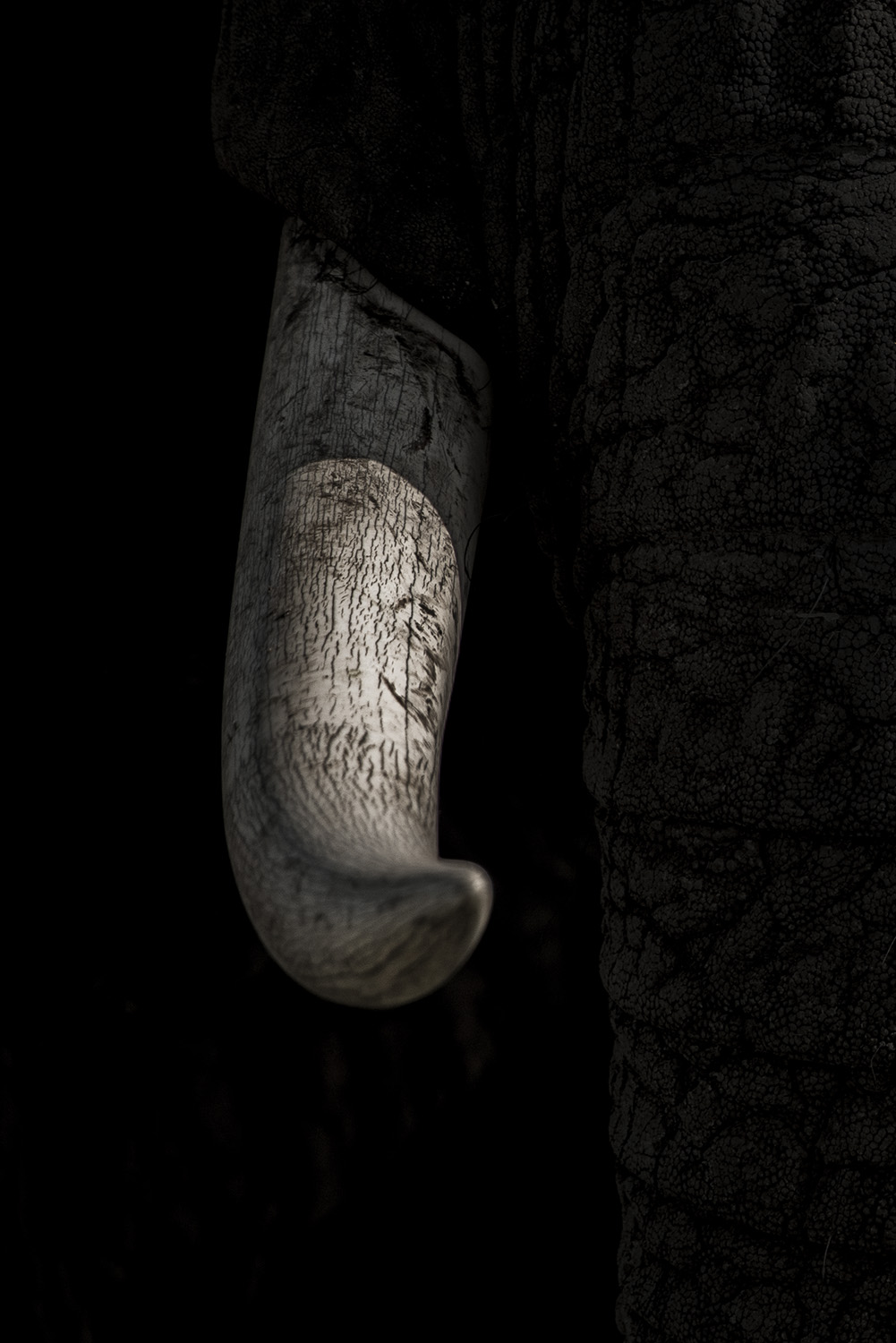
I absolutely love this photograph and the way the tusk seemingly appears out of the darkness. Very little editing was done on this image, only slight ‘burning’ or darkening of the trunk and some clever cropping. [f 6.3, 1/2000, ISO 400 -0.33, photograph by Adam Bannister]
TAGGED WITH: Wildlife, Birdlife, Photography, Birds, Maasai Mara, Safari, Mara Triangle, Wildlife Photography, Lion



COMMENTS (1)
Francis Bagbey
September 21, 2018That elephant tusk picture….amazing!
REPLY